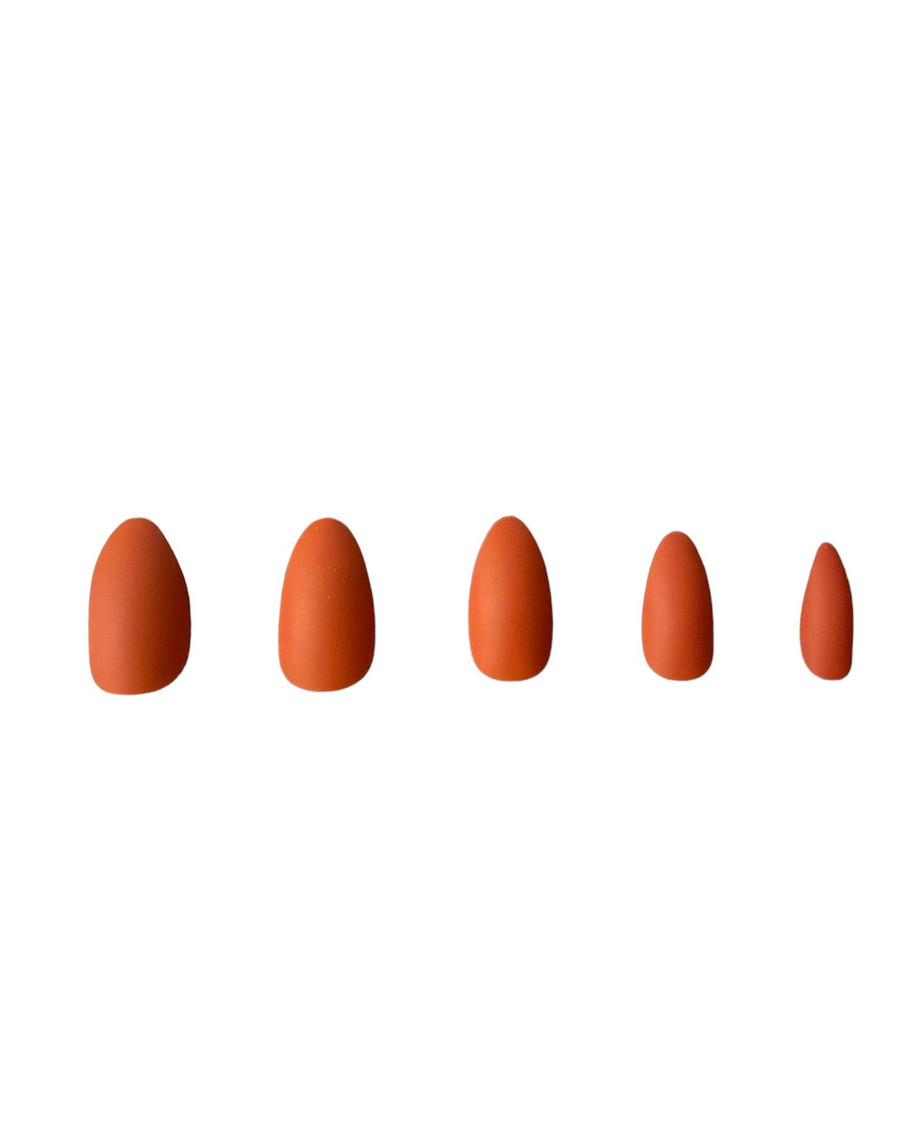Directions Of Nails
The normal nail is classified "normal" since it is the most useful means for affixing bits of wood together effectively, rapidly and cheaply. Stick is neater, screws are more grounded, and it is possible that one joined with right joinery becomes more grounded still. Be that as it may, the vast majority of the relative multitude of homes of the country are secured along with stiletto nails since they are faster and simpler to deal with.
There are many various types of nails, every sort with its own variety of sizes. They range from railroad and boat spikes down to brads so fine that 1,000 scarcely make a pound. Be that as it may, under twelve sizes and sorts will serve the necessities of the typical jack of all trades. Picking the right nail and driving it right has the effect between the completed work keeping intact or going to pieces.
Nails hold by rubbing, that is to say, the strain of wood against the knife of the nail. Exactly the way that well they hold relies on three things: the state of the wood, the shape and surface of the nail, and the size of the nail according to the size of the wood.
In the first place, think about the state of the wood. Assuming it is delicate, the nail will drive in effectively, yet it will likewise pull out without any problem. The harder the wood, the more challenging to drive a nail, however the harder it will be held. There is one outstanding special case - parting. Hardwoods split all the more effectively, than delicate. Beginning with softwoods like balsa and pine, through rock maple and oak, and on to ironwood and teak, you get to a place where a nail sufficiently thick to be driven without bowing is likewise sufficiently thick to part the wood. All in all, a few woods are hard to such an extent that they can't be nailed without boring a pilot opening first. At the point when you arrive at that need, utilizing a screw is more reasonable.
Dry wood parts more promptly than wets wood, which frequently can't be parted by any means. At the point when a nail is crashed into wet wood, there is a decent opportunity that after the wood dries it will contract, leaving the nail free.
The subsequent thought is the shape and surface of the nail. The more outside surface of the nail in touch with wood, the more prominent the holding power. Furthermore, many kinds of french nails have edges or twistings along the knife the two of which increment the nail's holding power and furthermore the propensity to part the wood into which it is driven. A long, slender, pointed nail goes in more effectively, holds well, yet is more able to part the wood. Gruff pointed nails, or those dulled by the mallet prior to driving, have less parting activity however really holding power. The normal jewel pointed nail is the best split the difference.
Many kinds of nails are covered with an extraordinary paste. When crashed into wood, the intensity of entry liquefies the paste and in almost no time the nail is stuck in quick. Assuming you drive these nails part way, they will freeze there and will twist on the off chance that you attempt to drive them more profound later on. Additionally, they will be hard to pull out. It is ideal to drive covered nails as far as possible immediately. Nails covered with powdered rosin will respond in fairly the same manner.
For more Info:-

Comments
Post a Comment